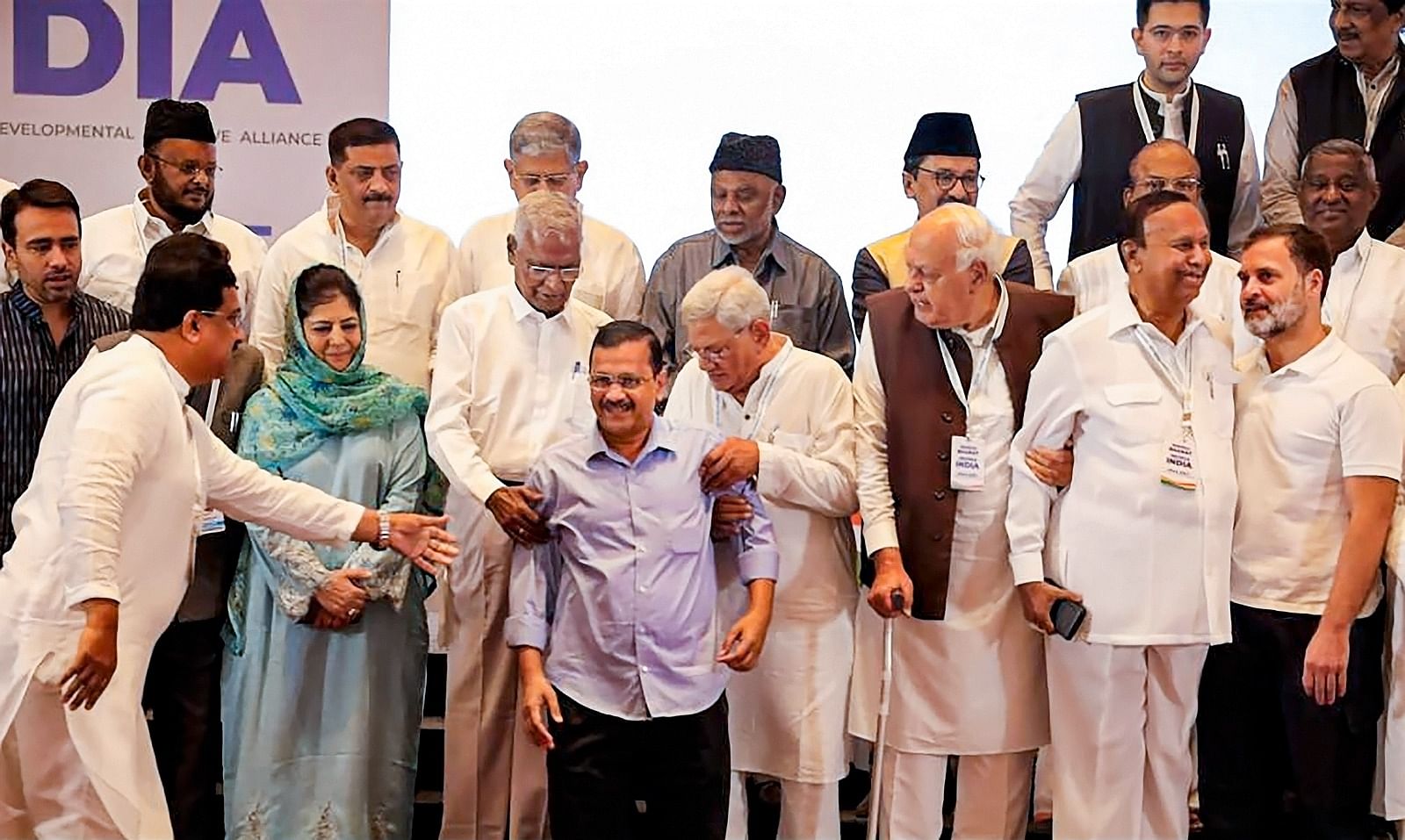Modern wars are no longer fought only on battlefields. They are waged through narratives, economic pressure, technology, and psychological warfare. India today finds itself at the receiving end of such a campaign, with the United States under President Donald Trump openly declaring hostility—economic, political, and covert—towards New Delhi.
Having once built up China to counter the Soviet Union, only to see Beijing emerge as its principal challenger, Washington now appears wary of repeating the same “experiment” with India. Despite wooing New Delhi for strategic alignment, the US seems unsettled by India’s growing military capabilities and refusal to play second fiddle.
The recent four-day conflict with Pakistan exposed this unease. India’s missile systems—including the indigenous BrahMos and the Russian-upgraded S-400—successfully neutralized over a thousand Pakistani missiles and drones. Indian air defenses also downed two F-16 fighter jets while evading Chinese radar systems. For the first time, India demonstrated the ability to strike Pakistani nuclear assets near Noor Khan airbase without even crossing international borders.

This technological and tactical success rattled Washington. Trump, who hoped to project himself as a global peacemaker to bag a Nobel Prize, found India unyielding. Prime Minister Narendra Modi made it clear—both in Parliament and from the Red Fort—that no third country would ever mediate India’s regional conflicts.
Spurned, Trump retaliated with punitive tariffs of 50% on Indian goods and threatened further escalation. He ridiculed India’s economy, dismissed its energy policy, and even suggested India should be forced to buy oil from Pakistan. His latest directive to US tech giants—to reduce hiring of Indian professionals—exposed his frustration hitting rock bottom. What he conveniently forgets is that Indian technocrats have long powered America’s digital revolution. Today, the biggest US IT firms—Google, Microsoft, Amazon—are led by Indian-origin CEOs who reached the top not through favors, but through merit, hard work, and integrity.

Worse still, reports suggest Trump instructed the CIA to reactivate deep-state networks, including NGOs funded by global financiers like George Soros, to destabilize India internally. This follows a familiar American pattern: when Washington cannot control, it seeks to weaken.
India’s opposition parties—particularly the Congress—have eagerly parroted these lines. From echoing Trump’s claims of “stopping the war” to dismissing India as a “dead economy,” Rahul Gandhi has amplified foreign propaganda. The orchestrated outcry over the Election Commission’s Special Intensive Revision (SIR) of voters’ lists—maliciously branded “vote chori”—is the latest example.

Despite the Supreme Court upholding the EC’s authority, the Congress, DMK, TMC, and SP have turned the issue into street agitations, hoping to stir chaos in poll-bound states. The intention is clear: to manufacture anarchy and delegitimize Indian democracy, much like the US engineered in Bangladesh by undermining Sheikh Hasina’s elected government.
The cultural front is also under attack. In Karnataka, a false narrative of mass burials near the Dharmasthala temple was floated by a “masked man”—later exposed as a paid pawn to malign Hindu traditions. The Congress government’s silence, even complicity, reveals a broader agenda: discredit temples, vilify the Hindu faith, and sow communal discord.

India is at a critical juncture. A hostile superpower, a compromised opposition, a pliant section of media, and foreign-funded NGOs are working in tandem to derail our democratic process and weaken Hindu identity. The “vote chori” narrative is not about electoral rolls; it is about planting mistrust in institutions. The Dharmasthala hoax is not an isolated conspiracy; it is part of a sustained assault on Hindu civilizational confidence.
The Indian electorate—particularly the Hindu majority—must remain vigilant. Do not fall for manufactured crises. If genuine grievances exist, such as missing names in voters’ lists, the Election Commission remains the constitutional authority for redressal, as the Supreme Court has affirmed.

This is not merely about politics. It is about safeguarding India’s sovereignty, its democratic institutions, and the faith of its majority community. The battlefield may not be filled with guns, but the war is real. Remember: they failed earlier—whether during the year-long farm law protests, the anti-CAA agitations, or other street blockades. They will fail again if the people resist with clarity and unity.
It is time the electorate recognizes the pattern, resists it, and responds decisively. In the upcoming polls, the only fitting answer to these enemies within is their complete decimation from India’s political map. Only then can India march forward at full pace—towards becoming not just the world’s third-largest economy, but also a technological and military powerhouse by 2028.




